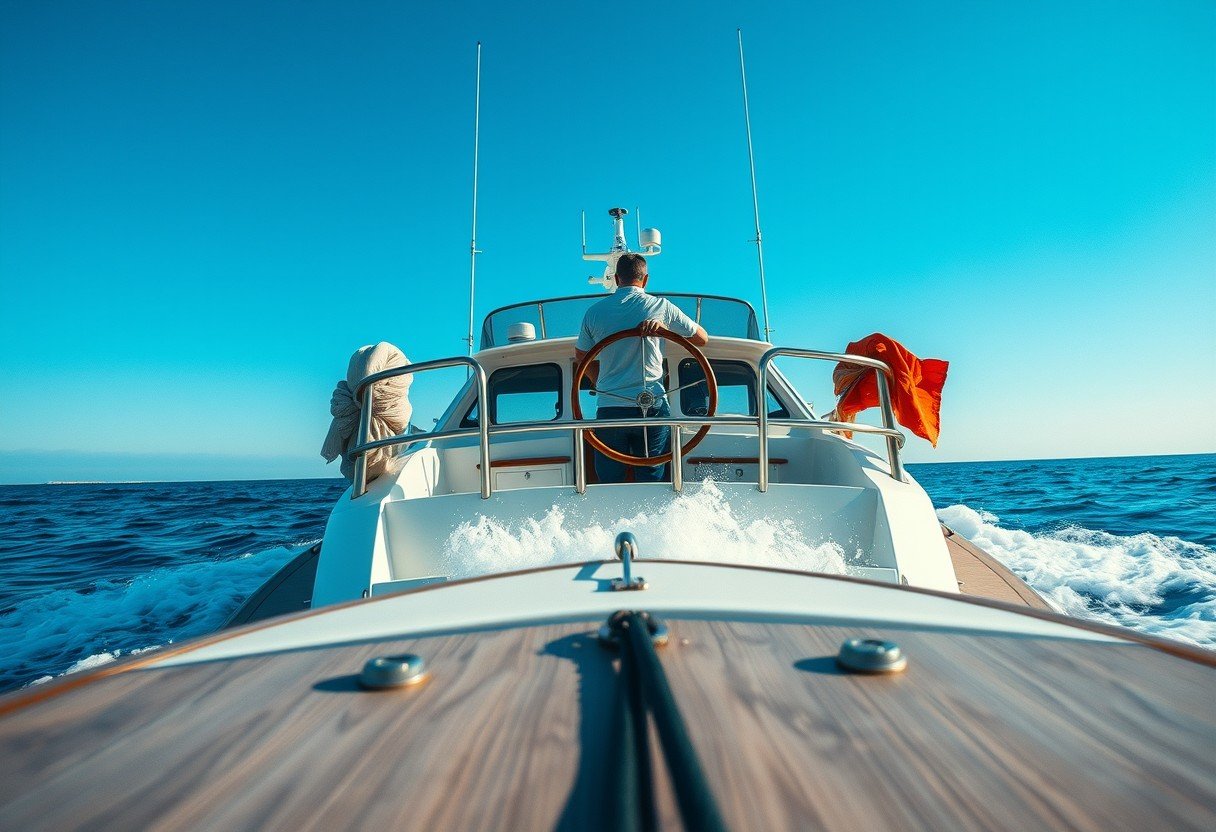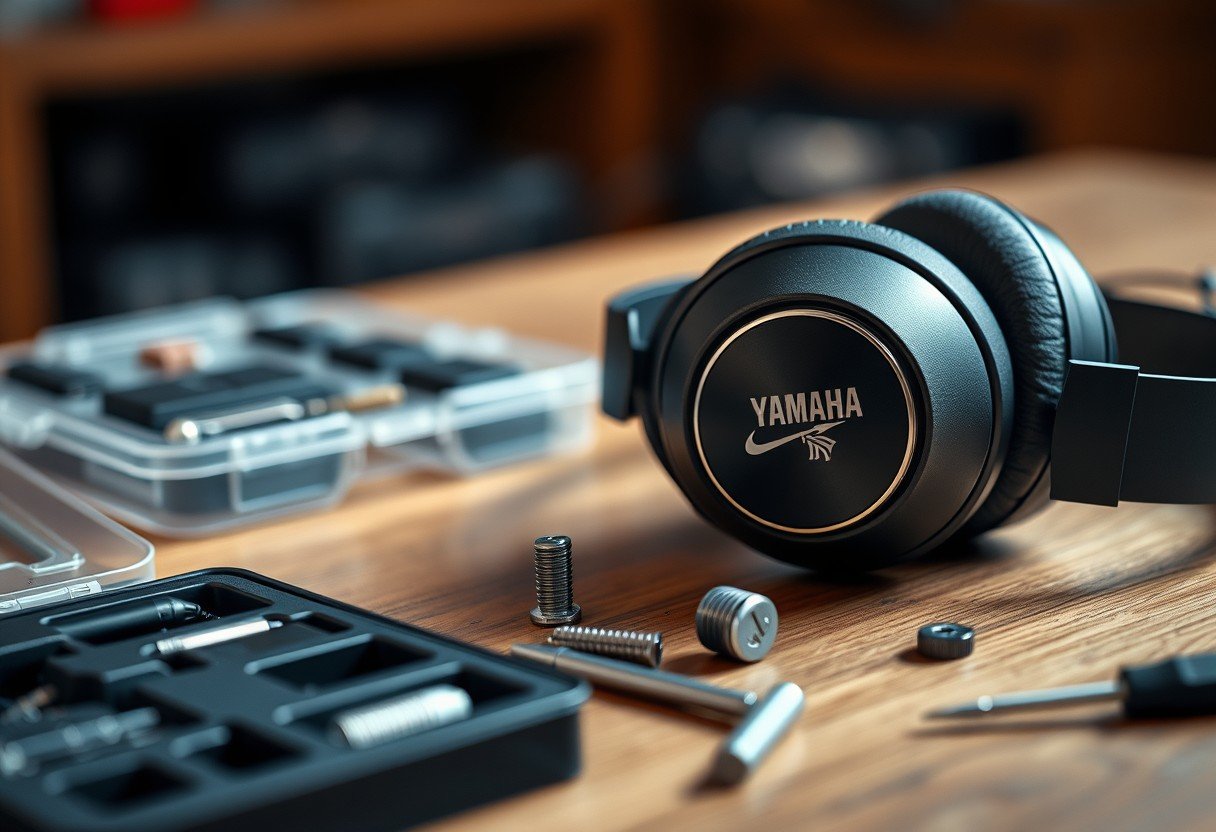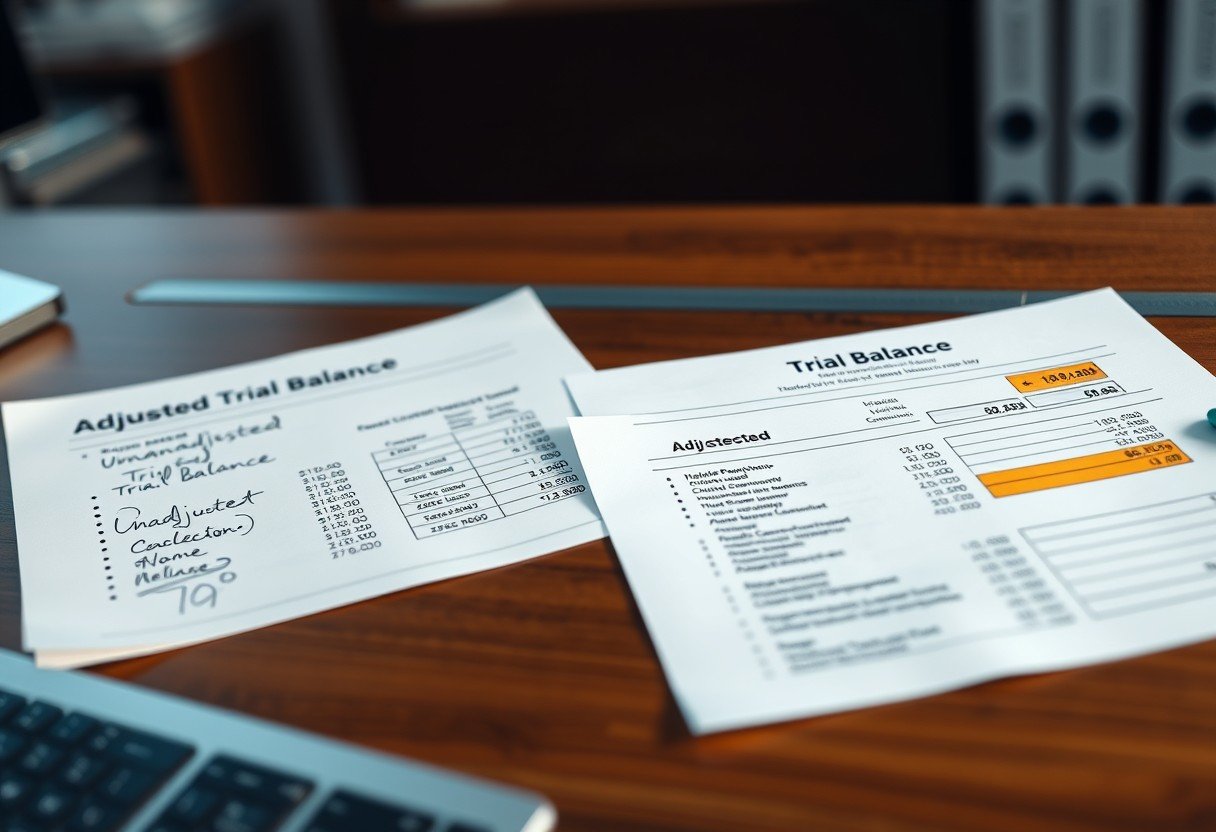The safest way to stop a boat before docking is to slow early, use reverse to check speed, and work with wind and current. This guide explains what to do, where to look, how to act, when to shift, who should help, and why these steps keep people and gear safe. Read on for clear steps, simple checks, and pro tips that prevent damage.
Understanding Boat Momentum Near The Dock
Water does not stop a boat fast. Even at idle, momentum carries you forward, so you must plan to slow well before reaching the pier.
Windage and current push your bow or stern, and hull shape affects how quickly you respond to throttle and wheel. Learn how your boat coasts at idle in open water first, then bring that feel to the slip.
Idle speed is your friend because it gives you time to react and space to fix small errors.
Reverse thrust creates a stopping force, but it also changes steering feel. Outboards and sterndrives steer well in reverse, while many single inboards respond slowly. Expect a slight sideways pull called prop walk when you engage reverse.
Reading Wind And Current At The Marina
Before you enter the fairway, look at flags, ripples, moored boats, and dock lines that hang in the water. These show direction and strength of wind and flow in real time.
Compare what you see to tide and current tools from local sources or a reliable marine app. A one knot current can move your boat 100 feet in a minute, which is a lot near tight slips.
Approach from the upwind or upcurrent side when you can so the natural force helps you slow and pin to the dock.
If the wind is on the dock, come in at a shallow angle and let it press you gently to the fenders. If the wind is off the dock, hold a little extra angle and be ready to use a short burst of reverse to stop drift away.
Step By Step Method To Stop Forward Motion
This simple sequence works for most small powerboats and sailboats under power. Practice in open water first so the moves feel smooth.
- Rig lines and fenders on the dock side early, and brief your crew on words and hand signs.
- Line up a shallow angle to the dock, reduce to idle far out, and aim to be very slow at 1 to 2 boat lengths away.
- Shift to neutral to bleed momentum, then make a short, gentle pulse in reverse to check the last of your speed.
- Steer into wind or current to hold your angle while you coast, then use another brief reverse pulse if needed.
- Stop all forward motion just short of the dock so the boat eases in on fenders, not on bare hull.
- Place the first line, often a forward spring, then fine tune with small throttle bumps and wheel.
Use short pulses of reverse, never long blasts, so you keep control without jerking the boat.
If you lose alignment, do not force it. Abort, circle out with control, and set up again. A clean second try beats a risky first try every time.
Using Lines And Fenders The Smart Way
Set fenders at beam and aft quarter at the correct height for that dock. Adjust for tide so the fenders land on the dock face, not under it.
A forward spring line is the most powerful tool at the dock. With the engine in gear against that spring, the boat will stop and hold tight while you set the rest.
Never put hands or feet between boat and dock because even slow boats can crush fingers and toes.
Keep a boat hook ready to control distance and to lift a cleat ring, not to push hard. If you must wait for traffic, hold position in open water rather than wrestling in a tight lane.
How Boat Type Changes Your Stopping Plan
Different drives respond very differently in reverse and at idle. Know your setup so you can predict how the boat will stop and pivot next to the pier.
| Boat Type | Drive | Reverse Control | Pivot Behavior | Docking Notes |
|---|---|---|---|---|
| Outboard Or Sterndrive | Prop On Steerable Leg | Good | Turns Well In Reverse | Use brief reverse pulses and wheel for fine aim. |
| Single Inboard Shaft | Fixed Prop And Rudder | Fair | Strong Prop Walk | Expect a sideways pull in reverse and plan for it. |
| Twin Engine Powerboat | Two Props | Excellent | Spins In Place | Use opposing gears to stop and swing without speed. |
| Sailboat Under Power | Keel And Single Prop | Fair | Tracks Strongly | Carry a touch of way for steerage, then stop with a firm reverse pulse. |
| Jet Drive Or No Rudder | Thrust Vector | Good | Quick Response | Keep small throttle inputs. Steer with thrust, not momentum. |
Test your boat in a safe area to learn how quickly it stops from idle and how it backs straight or slides.
If your boat has a bow thruster, use it for brief taps to hold angle, not as a fix for high speed. Control comes from slow approach, not from gadgets.
Common Mistakes And How To Avoid Them
Most docking scrapes come from too much speed, late setup, and poor lookout. The United States Coast Guard lists inattention, improper lookout, and speed as leading factors in boating crashes, and those show up at the dock too.
- Coming in hot and hoping reverse will bail you out.
- Reaching for the dock with hands instead of letting fenders work.
- Skipping a go around when the lineup is wrong.
Go slow enough that any contact is soft on fenders, not hard on hull and pilings.
Make a habit of one clean first line, usually a forward spring, then pause and settle the boat before tying the rest. If wind or current changes, stop, reset, and try again rather than forcing a bad angle.
Crew Communication And Roles
Good talk makes docking calm. Decide who handles bow, stern, and spring lines and who calls distance to the dock in clear words.
Agree on simple phrases like stop, neutral, reverse, slack, and made fast, plus hand signs when engines drown speech. Keep the helm as the only person giving commands so messages do not conflict.
Brief the plan before you enter the fairway so every hand knows the first line, the target cleat, and the backup move.
After tie up, review what went well and what to change next time. Small lessons stack up to smooth landings in any marina.
FAQ
What Is The Safest Way To Stop A Boat Before Docking?
Reduce to idle early, shift to neutral to bleed speed, then use short reverse pulses to stop all forward motion just short of the dock. Let fenders touch first, then place a spring line to hold the boat.
How Fast Should I Be When I Enter The Slip?
Move no faster than a slow walking pace, often slower in tight spaces. A good rule is never approach the dock faster than you are willing to hit it.
Which Line Should I Secure First For Control?
A forward spring is the most useful first line for most boats. With light gear against that spring, the boat will stop and lie along the dock while you make the rest fast.
How Do I Dock In Strong Wind Or Current?
Approach from the upwind or upcurrent side so the force helps you stop and pin to the dock. Hold angle with small throttle and wheel inputs, and be ready to abort and reset if the lineup slips.
Should I Turn Off The Engine Before Lines Are On?
Keep the engine running until at least one line is secure and the boat is stable. You may need a brief gear pulse to hold position while you finish tying.
Is It Safe To Use My Hands To Push Off The Dock?
No. Use fenders and a boat hook to control space. Hands and feet can be injured even at very low speed, so keep them clear of the gap.







Leave a Comment